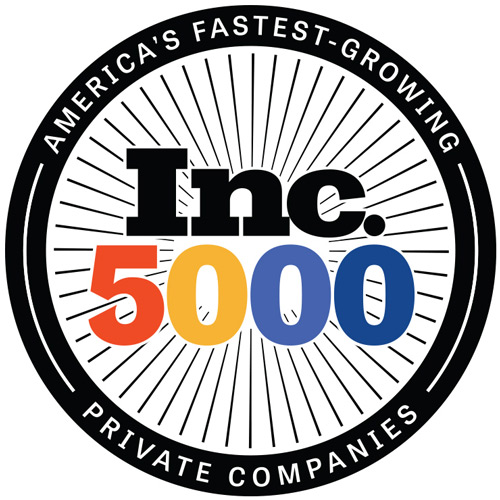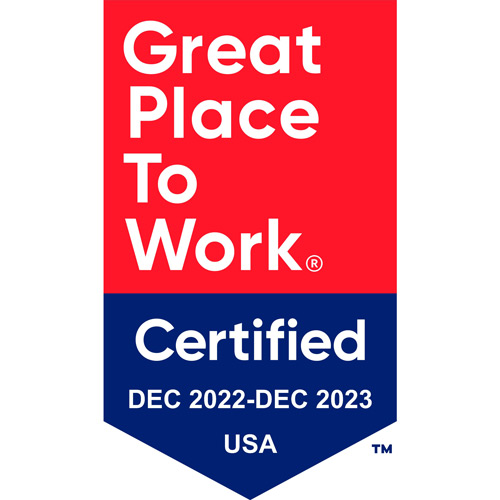Pharma Regulations Simplified
- PM
- February 10, 2024
- Edited February 10, 2024
Table of Contents
In the fast-paced world of pharmaceuticals, staying ahead of regulatory requirements is not just about ticking boxes; it’s about safeguarding the integrity of the industry and ensuring the safety and efficacy of products that reach consumers. The stakes are high, and the regulatory framework is intricate, making compliance a critical focus for companies aiming to thrive and make a positive impact on public health. This post delves into the essence of pharmaceutical regulatory compliance, breaking down its complexities into manageable parts and providing insights to help industry professionals maintain compliance with confidence.
The Core of Pharmaceutical Compliance
At its heart, pharmaceutical regulatory compliance involves adhering to laws, guidelines, and standards that govern the pharmaceutical industry. These regulations are designed to ensure that companies operate ethically, produce safe and effective products, and engage in fair marketing practices. Compliance is not a one-time task but a continuous effort that requires up-to-date knowledge, strategic planning, and diligent execution.
Understanding Regulatory Bodies and Their Requirements
A key aspect of maintaining compliance is understanding the role of regulatory bodies, such as the FDA in the United States, EMA in Europe, and other national agencies worldwide. Each of these entities has its own set of regulations and guidelines, which can vary significantly from one region to another. Staying informed about these requirements and how they apply to your operations is the first step in ensuring compliance.
The Importance of Quality Control and Good Manufacturing Practices
Quality control and Good Manufacturing Practices (GMP) are at the core of pharmaceutical regulatory compliance. These principles ensure that products are consistently produced and controlled according to quality standards. Implementing robust quality control systems and adhering to GMP guidelines are essential for passing regulatory inspections and preventing product recalls, both of which are vital for protecting consumers and maintaining a company’s reputation.
Navigating Clinical Trials and Approval Processes
Before a pharmaceutical product can reach the market, it must undergo rigorous testing and evaluation in clinical trials. Complying with regulatory standards during these trials is crucial for ensuring the safety and efficacy of new drugs. Understanding the intricacies of the approval process, including how to compile and submit an effective application, is essential for timely market entry and commercial success.
Adhering to Labeling and Marketing Regulations
Once a product is approved, companies must also comply with regulations governing labeling and marketing. This includes ensuring that product labels contain accurate information and that marketing practices do not mislead consumers or healthcare professionals. Violations in this area can lead to severe penalties, including fines and legal action, underscoring the importance of compliance.
Keeping Up with Changes in Regulations
Regulatory frameworks are not static; they evolve in response to new scientific discoveries, technological advancements, and emerging public health concerns. Keeping abreast of these changes and adapting your compliance strategies accordingly is essential for staying on the right side of the law and maintaining a competitive edge in the market.
Implementing Effective Compliance Strategies
Implementing an effective compliance strategy involves several key components. First, it requires a clear understanding of applicable regulations and the specific requirements they impose on your operations. This involves regular training for staff and establishing a culture of compliance within the organization.
Second, companies should invest in robust systems for monitoring compliance, including regular audits and reviews. These systems can help identify potential issues before they escalate into serious problems, allowing for timely corrective action.
Third, effective communication with regulatory bodies is crucial. This includes timely reporting of adverse events, transparent sharing of trial data, and open dialogue about compliance issues. Building a positive relationship with regulators can facilitate smoother approval processes and more constructive feedback.
The Road Ahead: Challenges and Opportunities
As the pharmaceutical industry continues to evolve, companies face both challenges and opportunities in the realm of regulatory compliance. Technological advancements, such as digital health technologies and artificial intelligence, offer new tools for enhancing compliance but also raise new regulatory questions. Similarly, the global nature of the pharmaceutical supply chain presents both opportunities for expansion and challenges in ensuring compliance across different regulatory jurisdictions.
Despite these challenges, the fundamental importance of pharmaceutical regulatory compliance remains unchanged. By prioritizing compliance, companies can not only avoid penalties and protect their reputations but also contribute to the development of safe and effective medical treatments that improve patient outcomes and public health.
Conclusion
In conclusion, pharmaceutical regulatory compliance is a dynamic and complex field that demands ongoing attention and dedication from industry professionals. By understanding the regulatory landscape, implementing effective compliance strategies, and staying informed about changes in regulations, companies can navigate this challenging environment successfully. Ultimately, the goal of regulatory compliance goes beyond meeting legal requirements; it’s about committing to the highest standards of quality, safety, and efficacy in the pursuit of better health outcomes for all. This commitment is what will continue to drive the pharmaceutical industry forward, fostering innovation and trust in an ever-changing world.
Read More:
Decoding Pharma Regulations

Jessica R.
Jessica is a seasoned GMP compliance consultant and technical writer specializing in pharmaceutical manufacturing, data integrity, and quality assurance. With over 12 years of experience working with global pharmaceutical firms, Jessica brings deep industry insights into FDA, EMA, and MHRA regulations.


